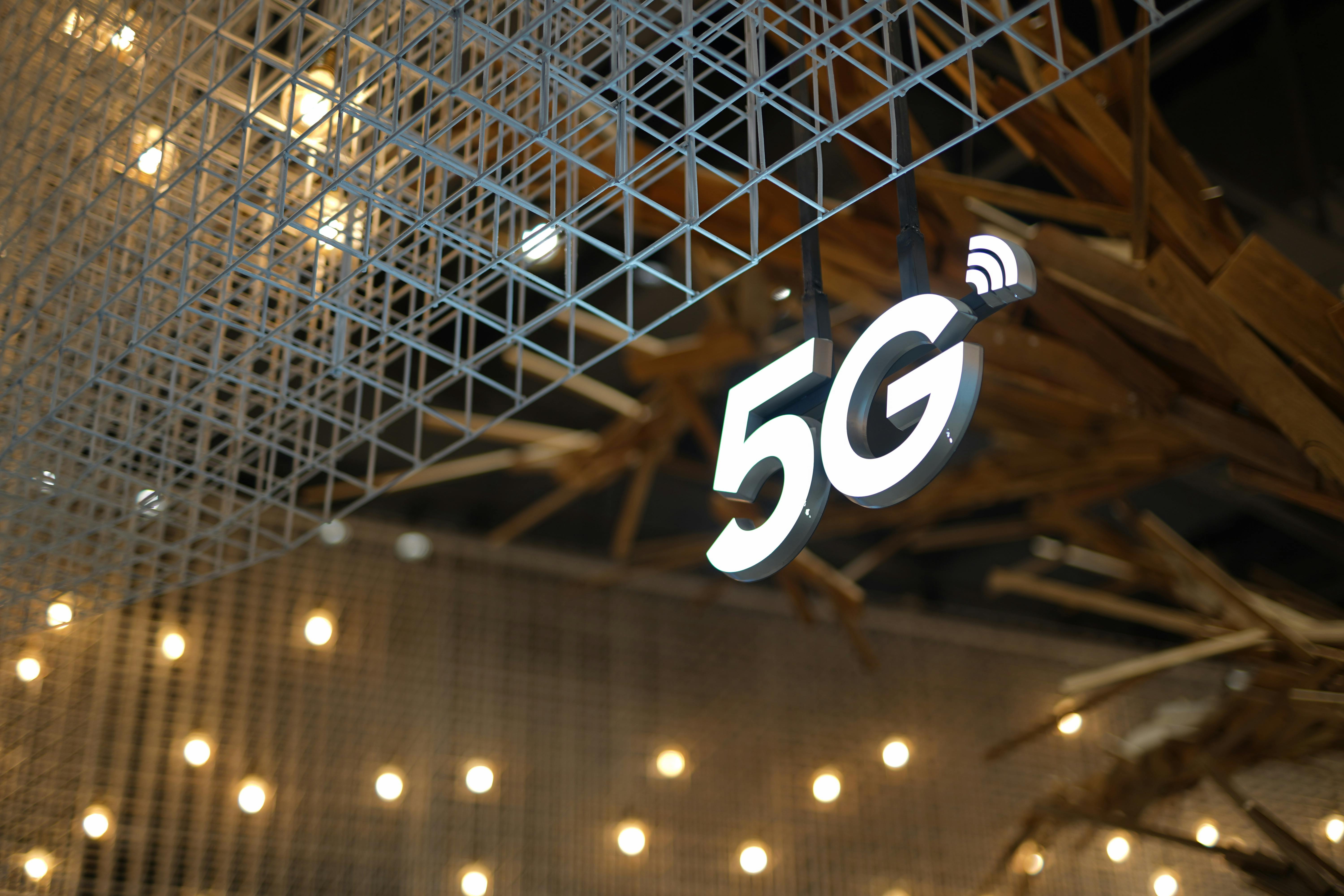As we progress through 2025, the evolution of mobile networks continues to shape our digital landscape. Enter 5G-Advanced, also known as 5.5G, a significant upgrade poised to bridge the gap between current 5G technology and the future 6G networks.
What is 5G-Advanced?
5G-Advanced is defined under the 3GPP Release 18 standard. It aims to enhance the existing 5G infrastructure by introducing improvements in:
- Performance Optimization: Achieving theoretical downlink speeds of up to 10 Gbps and uplink speeds of 1 Gbps.
- Energy Efficiency: Reducing power consumption for both networks and devices.
- Expanded Functionality: Supporting advanced applications like extended reality (XR) and ultra-low latency services crucial for autonomous vehicles.
Key Features
1. Integration of AI and Machine Learning 🤖
5G-Advanced incorporates AI and ML to optimize network operations, enabling smarter resource allocation and predictive maintenance. This integration ensures more efficient and reliable network performance.
2. Enhanced Network Slicing 🧩
With improved network slicing capabilities, 5G-Advanced allows for the creation of customized virtual networks tailored for specific use cases, such as industrial automation, smart cities, and critical communication systems.
3. Support for Non-Terrestrial Networks 🌐
Expanding beyond traditional ground-based infrastructure, 5G-Advanced includes support for non-terrestrial networks (NTN), facilitating communication via satellites and unmanned aerial vehicles. This ensures connectivity in remote or hard-to-reach areas.
4. Advanced Time Synchronization ⏱️
Introducing advanced time synchronization methods independent of GNSS (Global Navigation Satellite Systems), 5G-Advanced provides more precise timing for critical applications, enhancing reliability and performance.
Global Deployment
In early 2025, several countries have begun deploying 5G-Advanced networks:
- Finland: Elisa announced the deployment of its first 5G-Advanced network in February 2025.
- China: China Mobile started deployment in Hangzhou in March 2025.
These deployments mark significant milestones in the global rollout of 5G-Advanced, setting the stage for widespread adoption in the coming years.
Conclusion
5G-Advanced represents a pivotal step in the evolution of mobile networks, offering enhanced performance, energy efficiency, and support for advanced applications. As deployments continue globally, this technology is set to redefine our digital experiences and pave the way for the eventual transition to 6G.

